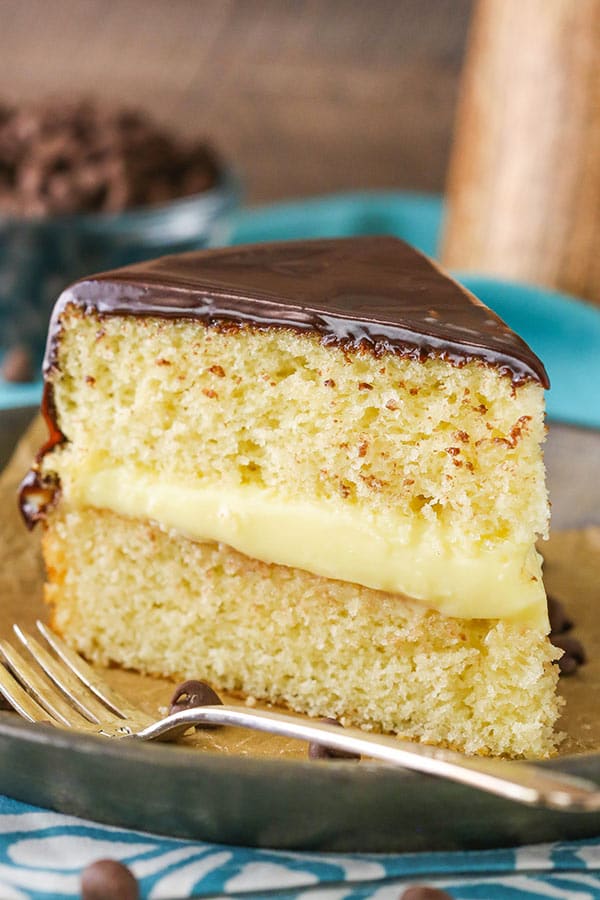
Parker hired a French chef to lead the hotel’s culinary program, paying him $5,000 a year, roughly 10 times the going rate for a Boston chef at the time. A former restaurateur, Parker envisioned a luxury epicurean experience, what Parker House historian Susan Wilson describes as “a hotel, a restaurant, and a destination.” At the time, there was an influx of tourism into Boston from both America and Europe. In 1855, Harvey Parker opened the Parker House Hotel just off Boston Common, the oldest city park in the United States. Sepia Times/Universal Images Group via Getty Images A chocolate pot made in Boston, Massachusetts, in the early 1700s for drinking chocolate. That’s the kind of thing you would need to prepare as a beverage because it wouldn’t be great for eating.” This was the state of chocolate in America when the Boston Cream Pie appeared on the scene. “You could see chunks of sugar particles in there. Until relatively late in the 1800s, when better technology emerged, the only chocolate available was “crude circles that were gritty,” Martin explains. By the 1700s, drinking chocolate had made its way into the kitchens of elite families, like those of Bostonians Benjamin Franklin, who grew up in the city, and Judge Samuel Sewall, who presided over the Salem Witch Trials. Carla Martin, Executive Director of the Fine Cacao and Chocolate Institute and Lecturer at Harvard University, “people primarily consumed chocolate as a beverage.” As early as the 1670s, she says, Boston had a coffee and chocolate house where the mercantile class would go for a drink. “At least in the European and Colonial North American context,” says Dr. Instead, they were sipping “drinking chocolate.” But that doesn’t mean Bostonians were enjoying chocolate bars and truffles and cakes. The city had ready access to chocolate, which was a rarity in the country.

Courtesy of Omni Parker Houseīefore the city gave its name to a cream pie, Boston was home to the United States’ first chocolate mill, Baker’s Chocolate Company, founded in 1764. The Parker House Hotel during the era of Chef Anezin. Because while the origins of the pie are a bit murky, we know the dessert was a pioneer, forever changing Americans’ relationship with chocolate. But while Boston Cream Pie now feels like a throwback, it was once groundbreaking. It’s often made and served in the spirit of nostalgia and tradition, though some bakers create modern iterations, such as turning it into cupcakes and even ice cream. This makes the Boston Cream Pie something of an elder statesman of American dessert. But the cake-and it’s definitely a cake, not a pie-has become so legendary during its more than 150-year history that it’s now the official state dessert of Massachusetts. The Boston Cream Pie is a simple dessert: two golden sponge cakes with pastry cream between them and a thin layer of chocolate ganache on top.


 0 kommentar(er)
0 kommentar(er)
